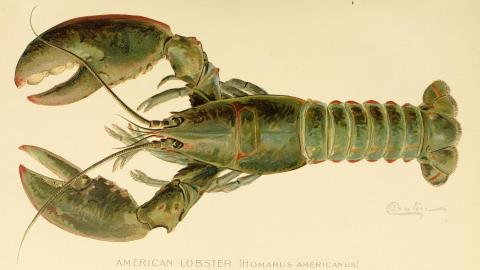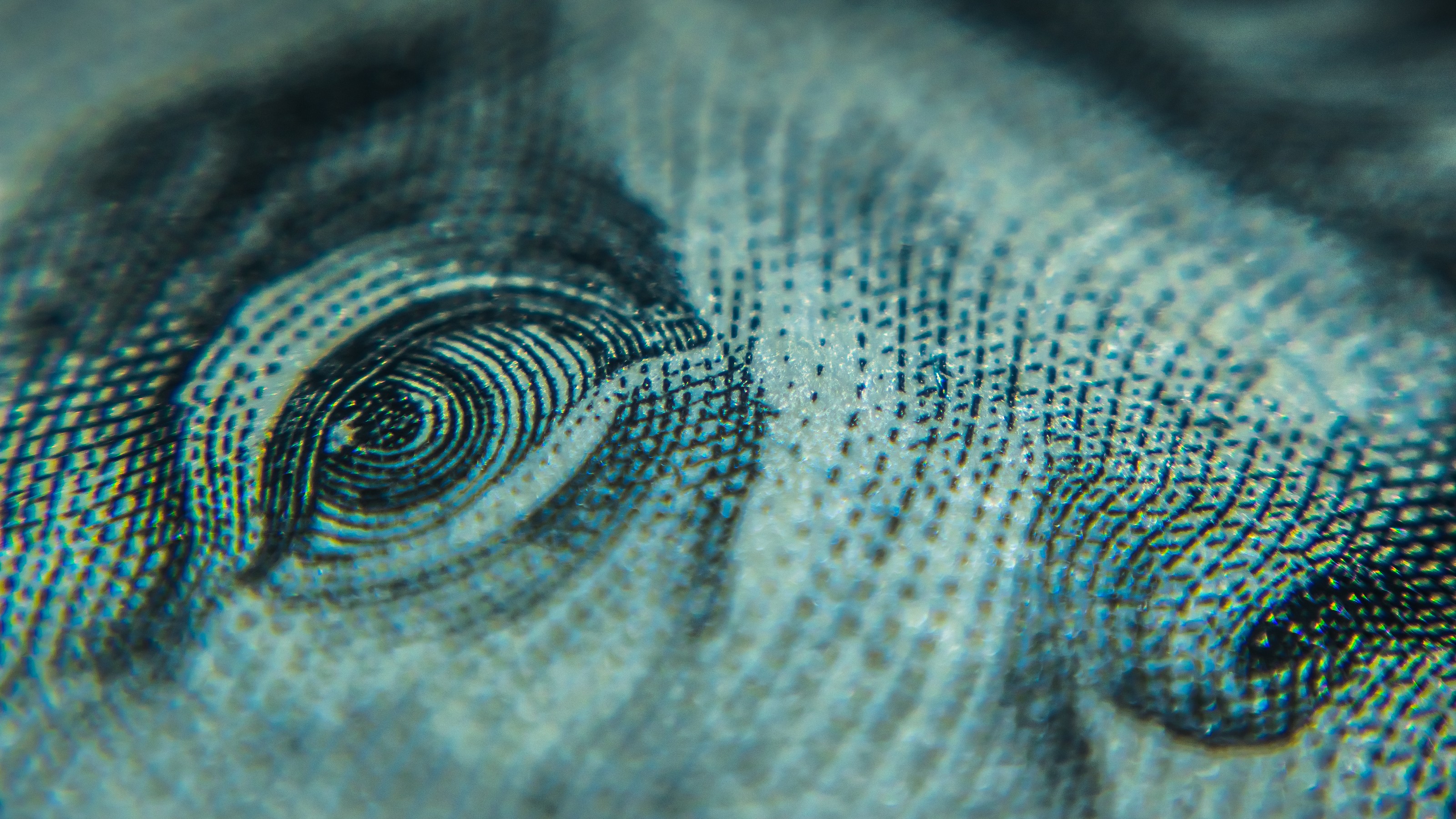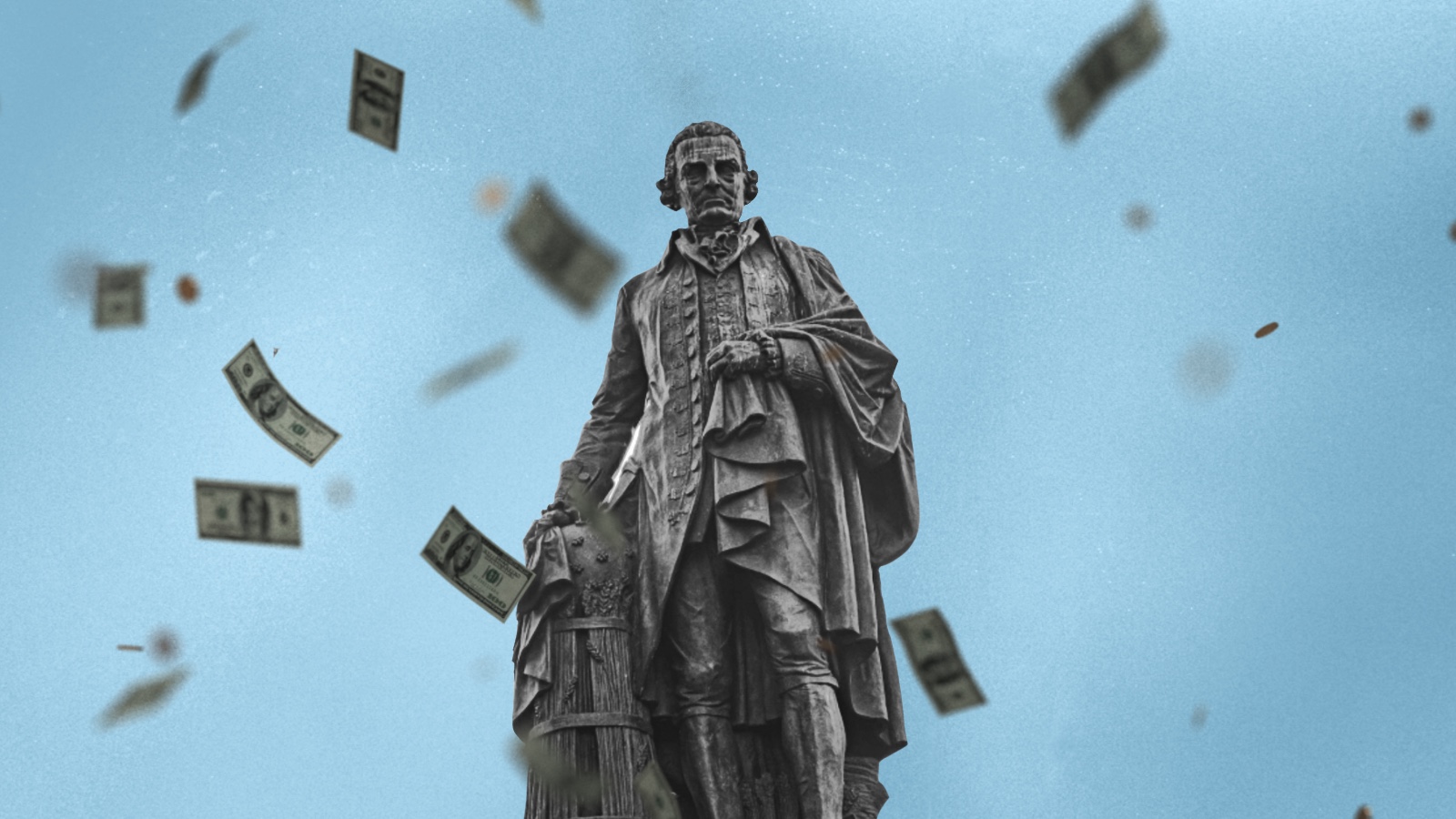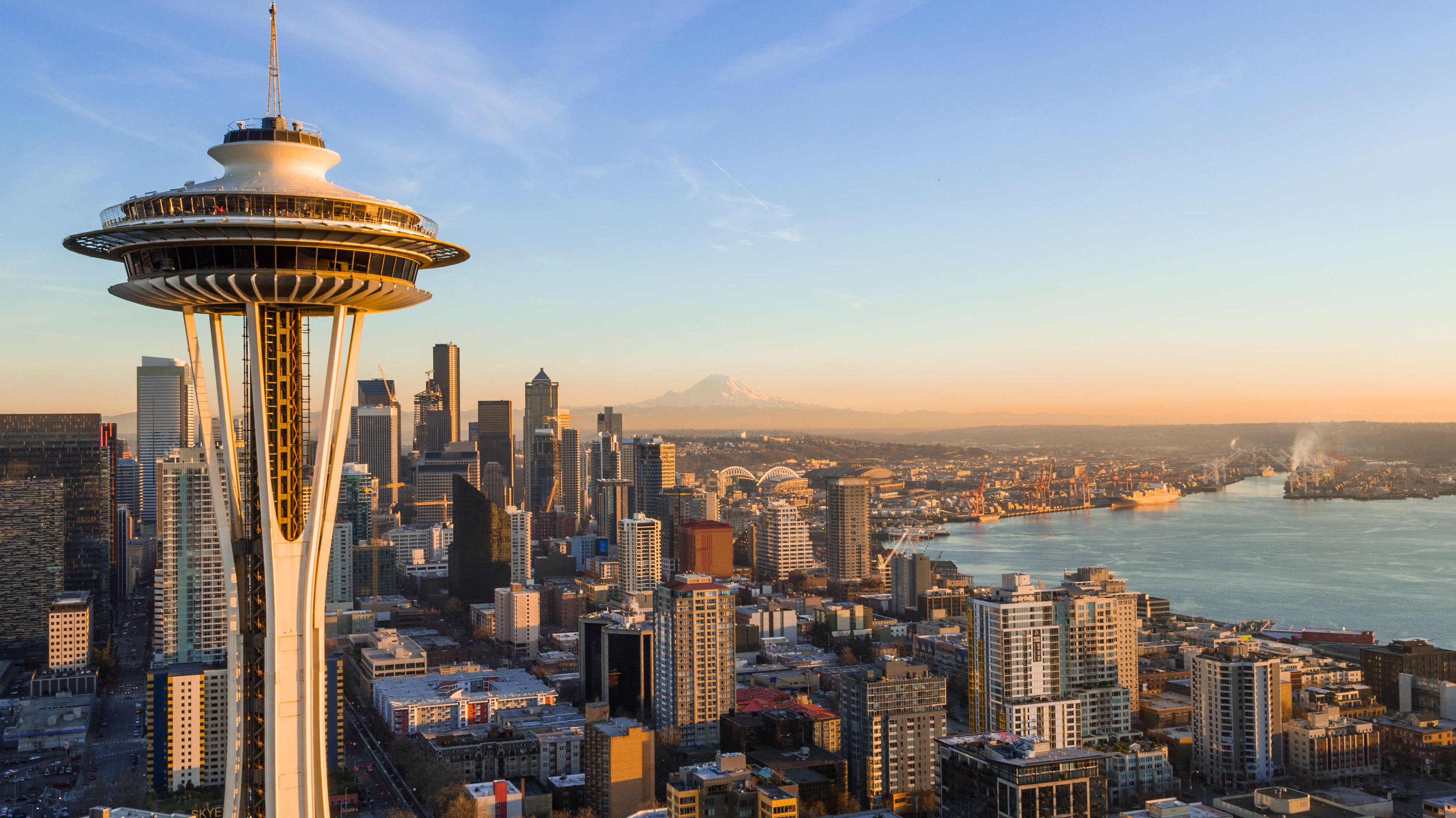How $125 lobster rolls crack the mystery of inflation

- Two years after the pandemic hit, there was a second unexpected shock: inflation.
- Rising prices are capitalism’s preferred way of reducing demand.
- The combined effects on supply and demand of the Great Resignation, the invasion of Ukraine, and the pandemic have been extraordinary.
One of the great shocks of the early 2020s was the return of a fearsome societal scourge that the oldest inhabitants of western countries remembered with great foreboding, even as those of us from younger generations knew it only secondhand. Infectious disease was suddenly something that everybody knew and cared about—and then, equally unexpectedly, so was inflation.
It took until 2022 for inflation to arrive, and when it did, there was no shortage of finger-pointing in terms of where the blame for it should be apportioned. Three main villains were identified: supply-chain issues precipitated by the pandemic; monetary issues stemming from fiscal policy designed to counteract the economic effects of the pandemic; and Russia’s invasion of Ukraine. To those I’d add a fourth: structural changes to the economy, caused by the effect the pandemic had on how people live.
Of the two biggest direct contributors to headline inflation, one was clearly related to the spike in energy prices following the Ukraine invasion. Oil and gas markets spiked alarmingly, especially in Europe but also globally. That fed not only into obvious prices like gasoline and heating oil, and raised the jet-fuel component of airline tickets, but also contributed to food-price inflation as well. It’s worth remembering: Most food we buy is grown using industrial fertilizers that are manufactured using the Haber-Bosch process for converting energy into plant-friendly fixed nitrogen.
The second major inflation component was housing, driven by the pandemic-induced need for extra space, and especially the way that homes needed to expand to encompass workspaces. When your rent is soaring at the same time that gas and food prices are going up, that feels miserable, even for people lucky enough to be able to see their paycheck growing at the same pace. Higher pay should mean you can afford more stuff, rather than just feeling as though you’re running to stand still.
Then again, higher pay was a significant part of the reason that prices were rising in the first place, especially in the services sector. When the inflation numbers first started reaching alarming levels, in early 2022, food-at-home and energy costs were what I thought of as “bad inflation”—quotidian necessities whose fast-rising prices just made life more expensive for everyone, and especially for suburban and exurban Americans with large homes to cool, large families to feed, and long distances to drive to get that food. On the other hand, when restaurant prices went up, that in my mind was “good inflation”—a sign that service-industry workers at the bottom of the wage scale, especially kitchen workers, were demanding and receiving higher pay, which in turn was being reflected in higher prices.
The Great Resignation hit the lowest-paid jobs the hardest, and restaurants found themselves competing with each other for a limited supply of workers. There was no shortage of people wanting to free themselves from their kitchens and go out for a meal; instead there was just a shortage of service-industry workers willing to return to unpleasant, badly paid jobs they hadn’t much enjoyed before the pandemic. Many restaurants were forced to reduce the number of days or hours they were open; with rents not coming down, that just increased the amount of money per meal that had to go to paying the landlord.
In general, rising prices are capitalism’s preferred way of reducing demand for something that is in short supply. My beloved lobster roll, the food of the summer in New England and beyond, is a good example: It rises in price when lobster prices rise, but in 2022 it rose in price even when lobster prices were down. My first theory was that rising lobster-roll prices were, like restaurant meals broadly, a function of higher labor costs, but after talking to Steve Kingston, the owner of the Clam Shack in Kennebunkport, I changed my mind on that.
Kingston’s seasonal workers come into the country on J1 visas—they’re foreign students, from countries like Kosovo, Albania, or Mongolia, getting US work experience for the summer before returning to continue their studies. Because Kingston has been hiring J1 workers for twenty years, he’s adept at navigating the system and can generally get the workers he wants at a price he’s willing to pay. (In this case: $12.75 per hour, rising to $19.50 per hour for “all the overtime they can handle,” which often works out to seventy to eighty hours per week in total, bringing seasonal earnings to as much as $28,000.) His workers boil and crack open more than a thousand pounds of lobster every day, extracting the meat not only for lobster rolls on-site in Maine but also for a fast-growing mail-order business.
Kingston’s mail-order business was turbocharged during the pandemic by one of the fastest-growing businesses in America, a high-end delivery company called Goldbelly. When people couldn’t go out to eat, restaurants turned to Goldbelly to start sending out high-quality branded meals designed to be easily prepared at home, at roughly the same price they would pay in person. (As someone who’s tried the Clam Shack’s eat-at-home lobster rolls, I can highly recommend them.)
Goldbelly’s business boomed during the pandemic: Food and alcohol were the two luxuries still accessible to people stuck at home, and people were willing to pay very high prices for convenience and reliability. My favorite downtown French bistro, for instance, Raoul’s, put together a burger kit at $115 and a steak au poivre kit for $205, and rapidly sold out both. The Clam Shack’s lobster roll kits were priced at $125 for four rolls—a business well worth cultivating, given that the sticker price for four rolls at the restaurant itself was slightly lower, at $120.
Modern commerce often outsources price-setting to algorithms that occasionally go haywire.
Kingston’s business was boosted even further when the Great Resignation caused other restaurants in town to close on Mondays and Tuesdays—causing the Clam Shack’s revenues on those nights to be some 25 percent higher than even on the busiest Saturdays. In other words, Kingston was working flat out, selling every lobster he could boil in freshly drawn seawater.
When that happens, a business is almost forced to raise its prices. Such an action can feel a bit like price-gouging or profiteering if the costs of labor and materials haven’t risen. But the Clam Shack’s customers don’t just want delicious seafood, they also want reliability, and the knowledge that if they make the drive down the coast, there will be a delicious lobster roll waiting for them, rather than a sign saying “sorry, sold out, try coming back tomorrow.”
In a capacity-constrained world, the only way to ensure that kind of reliability is via the price mechanism. First you maximize supply, and make sure you’re creating as much of your product as you possibly can. But then you have to control demand, and the only way to do that is to raise the price enough that some people would rather eat something else. Kingston, for instance, does sell cooked lobster meat, but he makes sure to charge $5 more per pound than his local competitors—to make a point about quality, but also to ensure that the most price-sensitive shoppers go elsewhere, thereby keeping demand in check.
Modern commerce often outsources price-setting to algorithms that occasionally go haywire. Nearly all of us have had the experience of looking up an obscure book on Amazon, or trying to book a flight reasonably far in advance, and seeing some insane price, possibly thousands of dollars, that seems well beyond anything that might be considered reasonable. That’s just the algorithm doing its bit when supply is low, trying to avoid selling out entirely.





